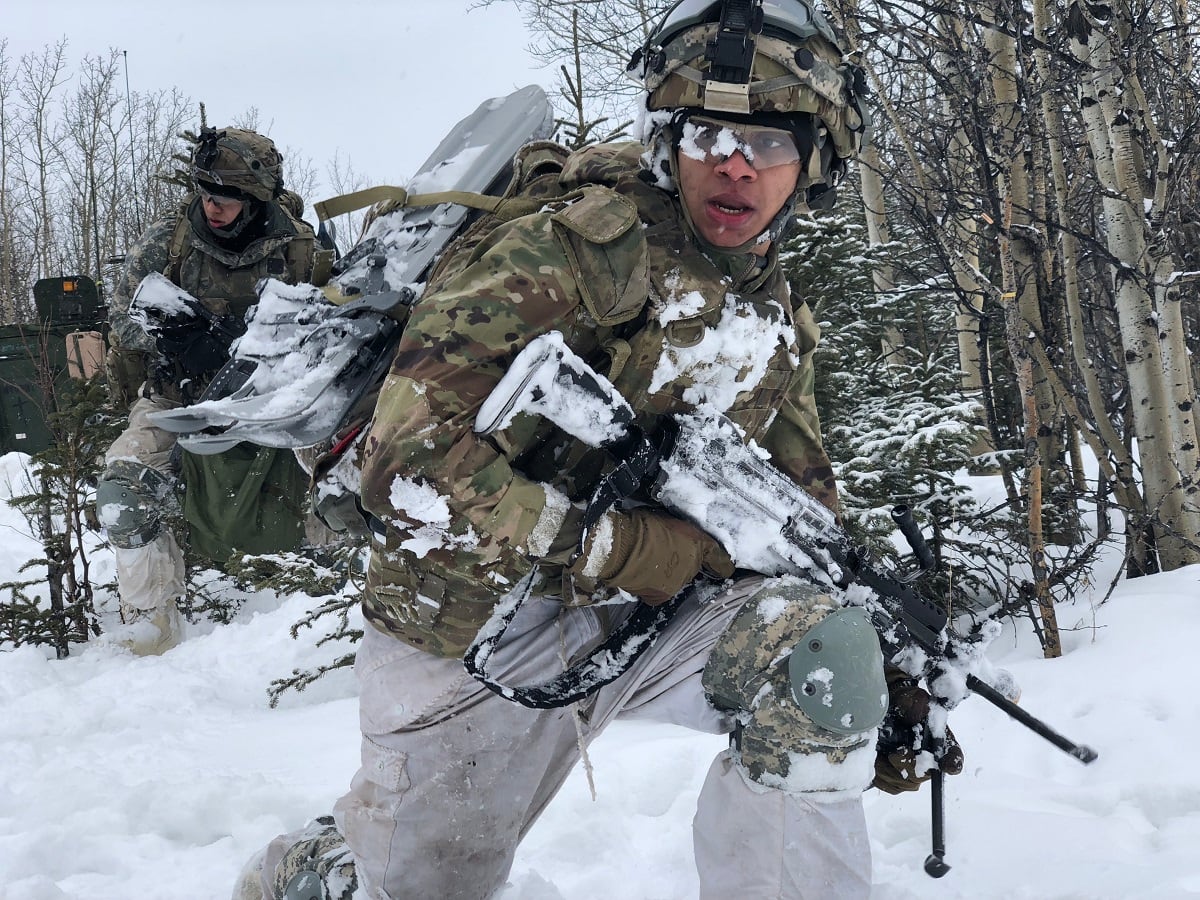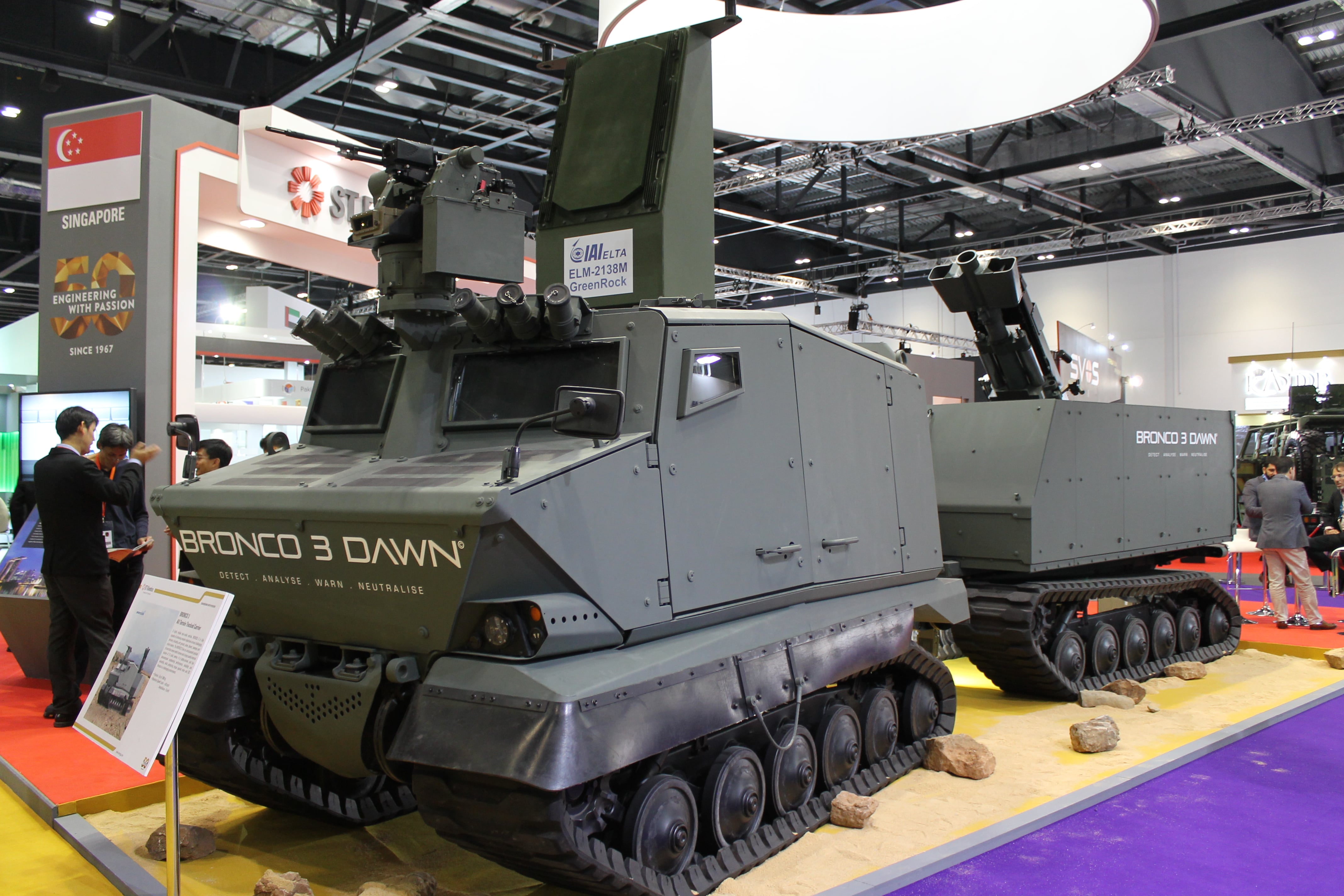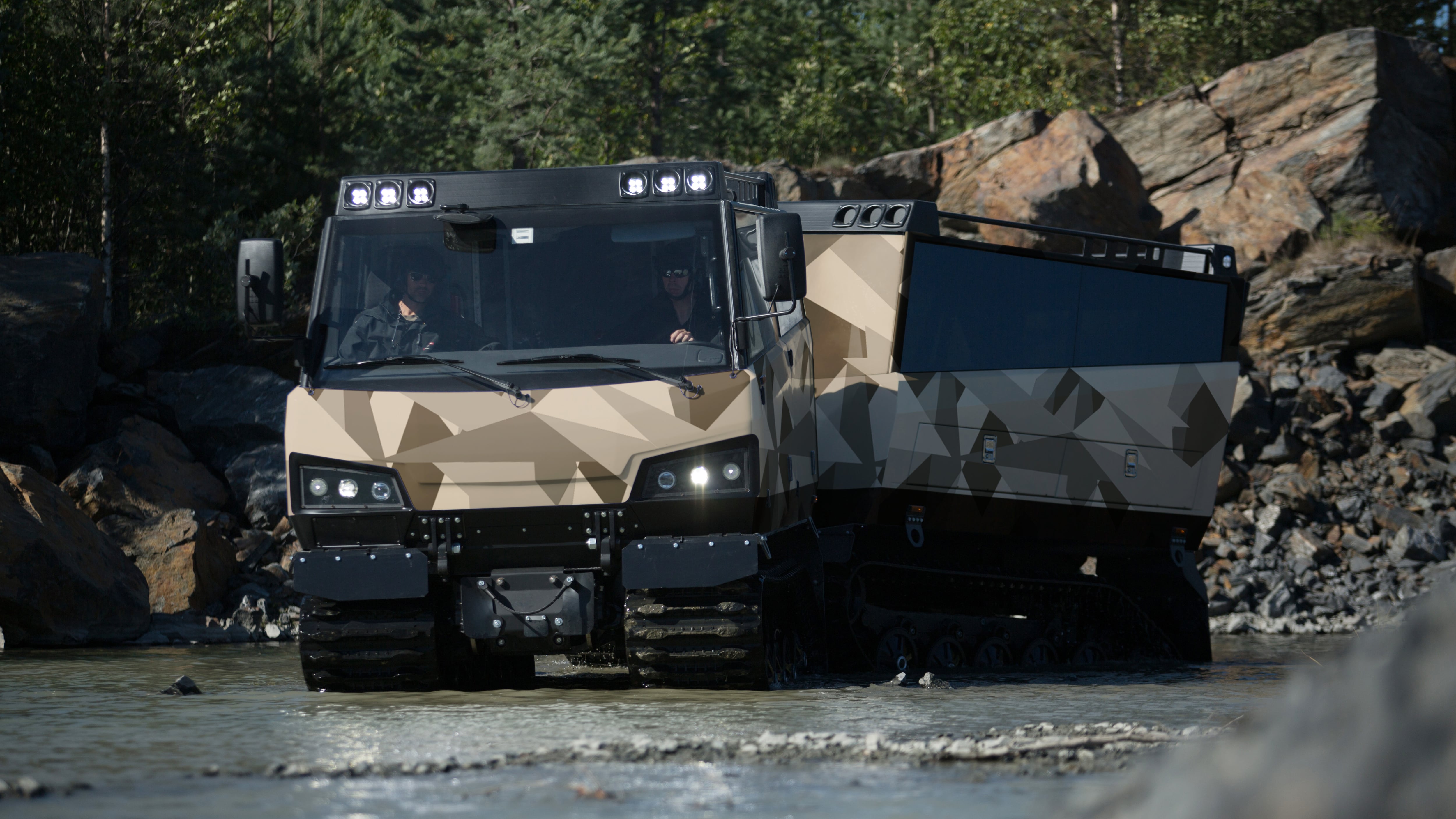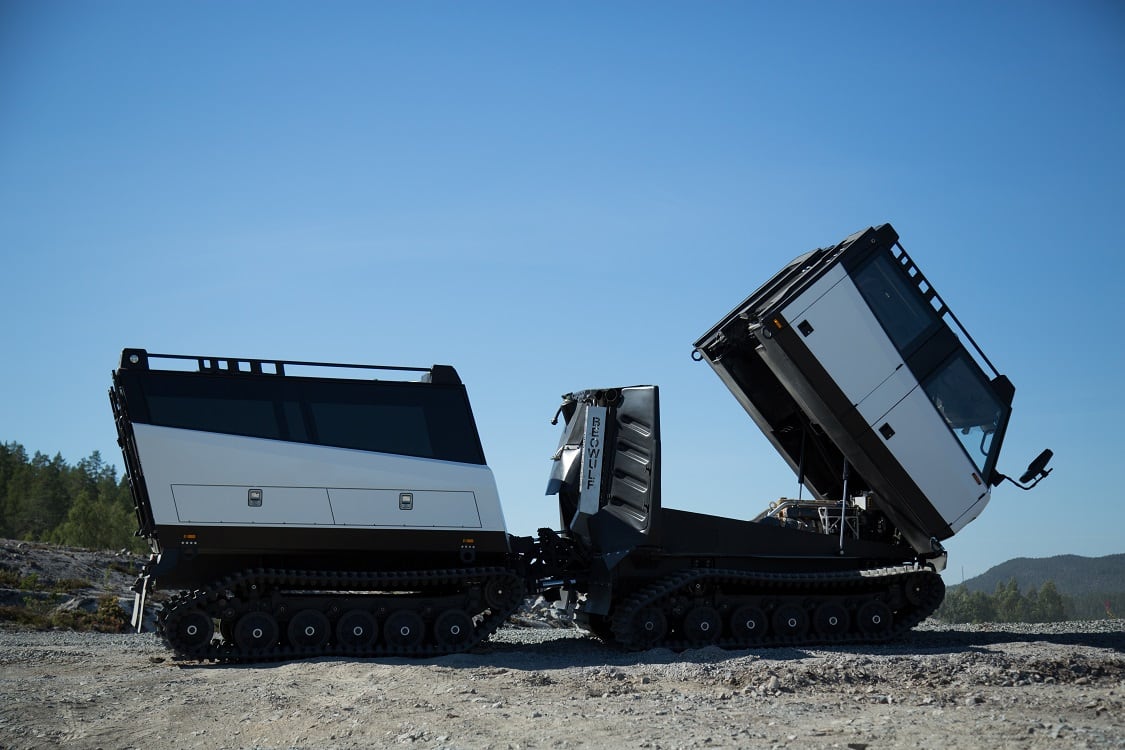After more than 40 years of service, the robust little all-terrain vehicle that can climb mountains, ford rivers and churn through snow needs replacing.
And the Army, Marines and National Guard are asking industry to give them a new ride.
Back in June, Army Contracting Command officials put out a Request for Information for industry to share what they think can replace the Small Unit Support Vehicle, a tracked vehicle that’s been in service since the mid-1970s.
At one point, there were 1,100 of them in the U.S. military inventory. Now, only a few dozen remain, mostly in service in cold weather areas such as U.S. Army Alaska.
RELATED

The new program to replace the SUSV has been dubbed the “Joint All Weather All Terrain Support Vehicle," or JAASV.
So far, Army officials have only asked for information, but they are expected to issue a proposal with more detailed requests for requirements and timelines from industry in the coming weeks or months.
The upgrade and replacement are important for a variety of reasons, some of which are near-term, such as National Guard disaster response to blizzards, floods and fires, which can’t be navigated easily by the current Humvee fleet.
Others are for mobility in the Arctic. Leaders are shifting training and resources back to the Arctic as Russia has beefed up its capabilities and manpower in the region in recent years, from new units and commands to upgraded equipment and weaponry.

BAE Systems built the original SUSV, or Bv206, and has since built a modernized version called the BvS10 in both armored and unarmored types.
The newer model has been fielded to military units in the United Kingdom, Norway, France and the Netherlands. It has seen real-world operations in Afghanistan and the Balkans on NATO missions, according to company officials.
Last year, ST Kinetics unveiled its own version of a small, all-terrain tracked vehicle, called the Bronco 3, at DESI, a defense conference in London, England, according to Army Times sister publication Defense News.
The Singapore-based company partnered with SAIC in a failed bid to build the Marine Corps’ Amphibious Combat Vehicle, a replacement to the decades-old Amphibious Assault Vehicle.
A common chassis and some other design elements allow the vehicle to be reconfigured, and some systems can be swapped out to meet different missions in about 20 minutes, retired Brig. Gen. Winston Toh told Defense News. Soldiers can expand the vehicle capability by attaching a trailer with other sensors or weapons.
A third company, Finland-based Sisu Auto, makes the Sisu Nasu, which has been in use for the same types of missions by the militaries in Finland, China, and Turkey for years.
Jim Miller, director of combat vehicle business development for BAE Systems, told reporters on a recent media call that the company has used the period since the RFI to showcase its models and get feedback from the Army, Marines and National Guard on what their needs are, should they choose the vehicle.

Like the previous model, the BvS10 is “swimmable” for crossing rivers and works through deep snow and in rugged, high incline terrain.
The major differences in the new vehicles, Miller said, are the more powerful engine and better power systems that can feed the electrical power needs of all the additional communication, cyber and other power-hungry systems on modern vehicles.
“It doesn’t sound very sexy, but it’s pretty important when you’re on the side of a mountain,” Miller said.
The Army is looking for a vehicle that can be configured into four variants — command and control, cargo, ambulance and general purpose.
The current version of the BAE vehicle meets those requirements, plus the company has weaponized versions with crew-served weapons mounts and mortar launching and missile platforms.
Miller said he couldn’t estimate timelines nor speculate on the quantities the services might need.

Todd South has written about crime, courts, government and the military for multiple publications since 2004 and was named a 2014 Pulitzer finalist for a co-written project on witness intimidation. Todd is a Marine veteran of the Iraq War.




